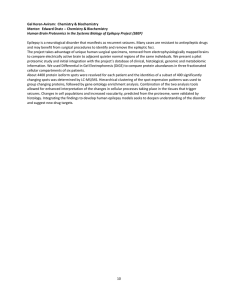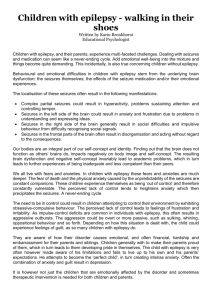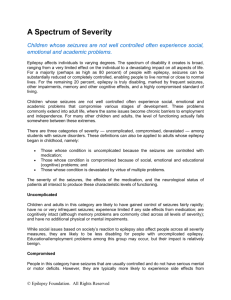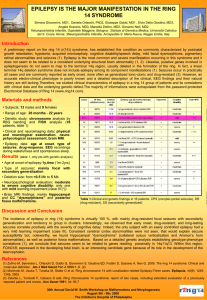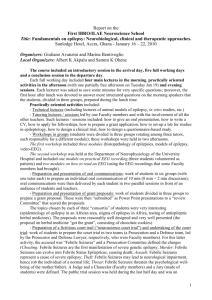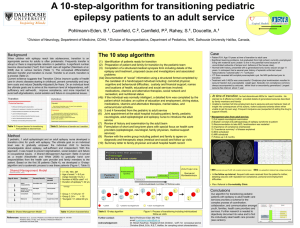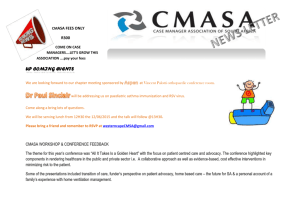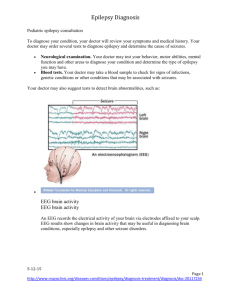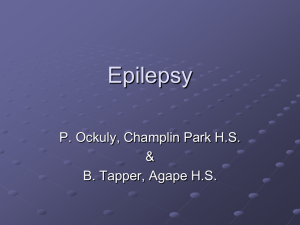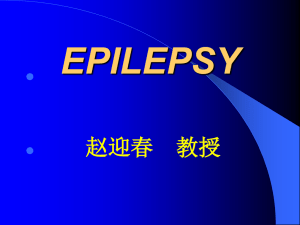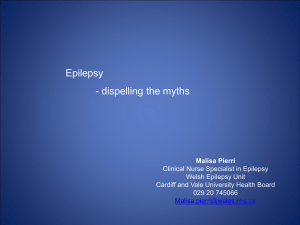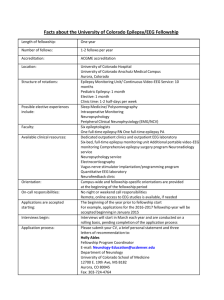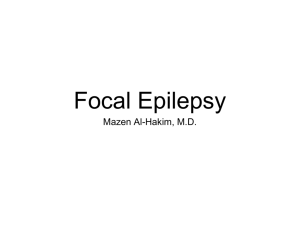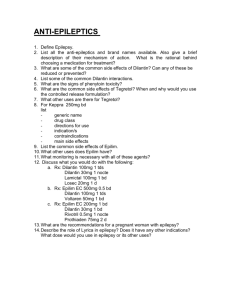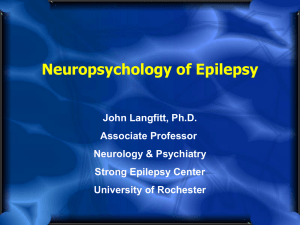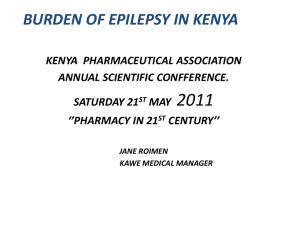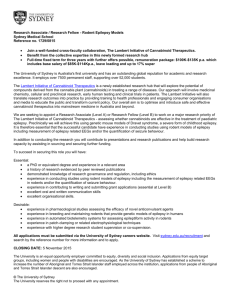PATIENT NAME:
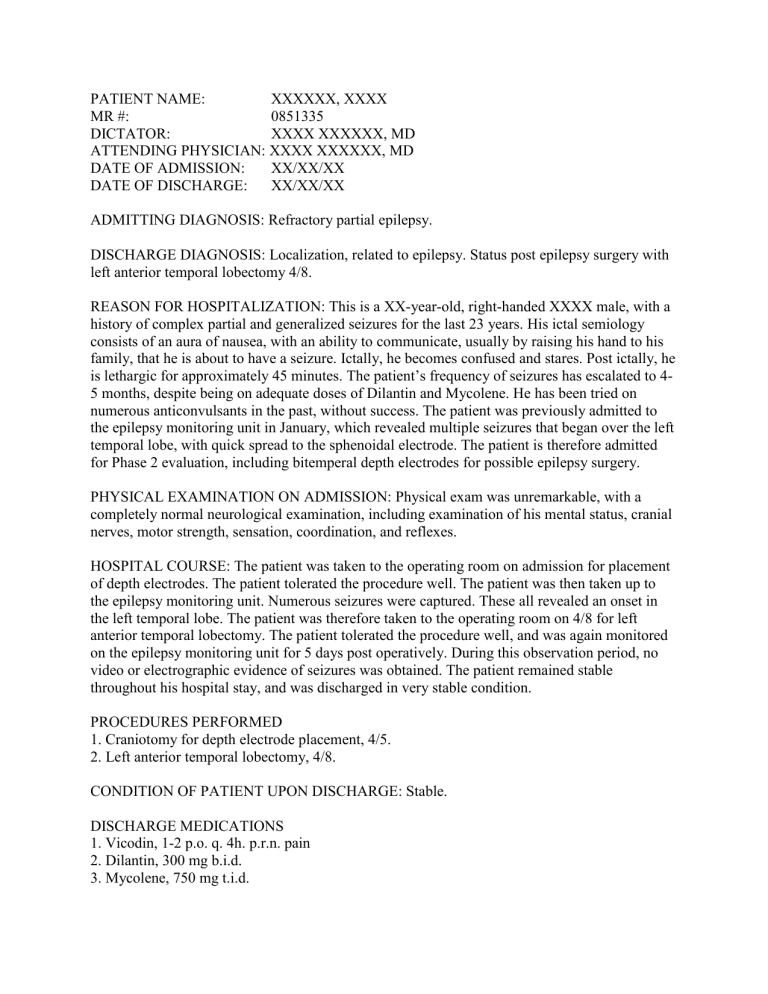
PATIENT NAME:
MR #:
DICTATOR:
XXXXXX, XXXX
0851335
XXXX XXXXXX, MD
ATTENDING PHYSICIAN: XXXX XXXXXX, MD
DATE OF ADMISSION: XX/XX/XX
DATE OF DISCHARGE: XX/XX/XX
ADMITTING DIAGNOSIS: Refractory partial epilepsy.
DISCHARGE DIAGNOSIS: Localization, related to epilepsy. Status post epilepsy surgery with left anterior temporal lobectomy 4/8.
REASON FOR HOSPITALIZATION: This is a XX-year-old, right-handed XXXX male, with a history of complex partial and generalized seizures for the last 23 years. His ictal semiology consists of an aura of nausea, with an ability to communicate, usually by raising his hand to his family, that he is about to have a seizure. Ictally, he becomes confused and stares. Post ictally, he is lethargic for approximately 45 minutes. The patient’s frequency of seizures has escalated to 4-
5 months, despite being on adequate doses of Dilantin and Mycolene. He has been tried on numerous anticonvulsants in the past, without success. The patient was previously admitted to the epilepsy monitoring unit in January, which revealed multiple seizures that began over the left temporal lobe, with quick spread to the sphenoidal electrode. The patient is therefore admitted for Phase 2 evaluation, including bitemperal depth electrodes for possible epilepsy surgery.
PHYSICAL EXAMINATION ON ADMISSION: Physical exam was unremarkable, with a completely normal neurological examination, including examination of his mental status, cranial nerves, motor strength, sensation, coordination, and reflexes.
HOSPITAL COURSE: The patient was taken to the operating room on admission for placement of depth electrodes. The patient tolerated the procedure well. The patient was then taken up to the epilepsy monitoring unit. Numerous seizures were captured. These all revealed an onset in the left temporal lobe. The patient was therefore taken to the operating room on 4/8 for left anterior temporal lobectomy. The patient tolerated the procedure well, and was again monitored on the epilepsy monitoring unit for 5 days post operatively. During this observation period, no video or electrographic evidence of seizures was obtained. The patient remained stable throughout his hospital stay, and was discharged in very stable condition.
PROCEDURES PERFORMED
1. Craniotomy for depth electrode placement, 4/5.
2. Left anterior temporal lobectomy, 4/8.
CONDITION OF PATIENT UPON DISCHARGE: Stable.
DISCHARGE MEDICATIONS
1. Vicodin, 1-2 p.o. q. 4h. p.r.n. pain
2. Dilantin, 300 mg b.i.d.
3. Mycolene, 750 mg t.i.d.
4. Decadron taper.
DISCHARGE DIET: Regular.
DISCHARGE PHYSICAL ACTIVITY: Ad-lib.
FOLLOWUP CARE
1. Epilepsy clinic in 2 weeks.
2. Neurosurgery clinic in 2 weeks.
_____________________________
XXXX XXXXXX, MD
XX/EC
D: XX/XX/XX
T: XX/XX/XX
